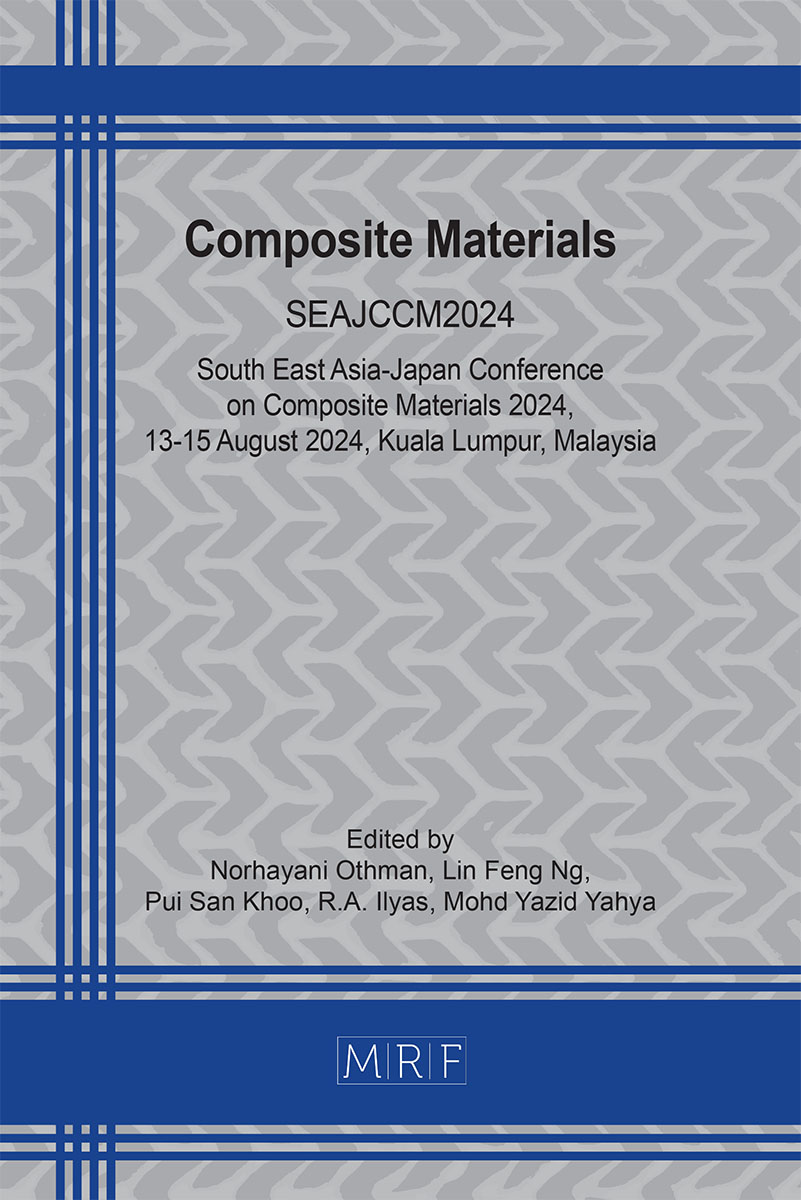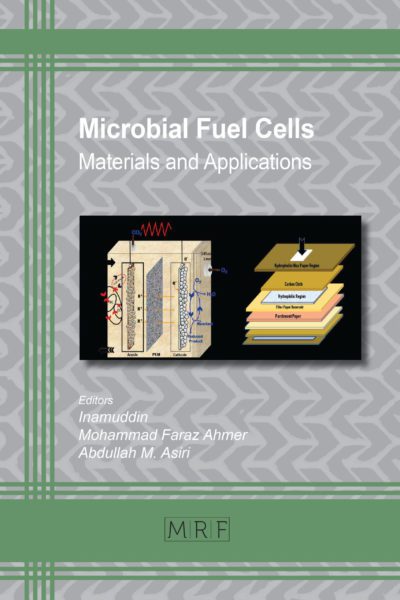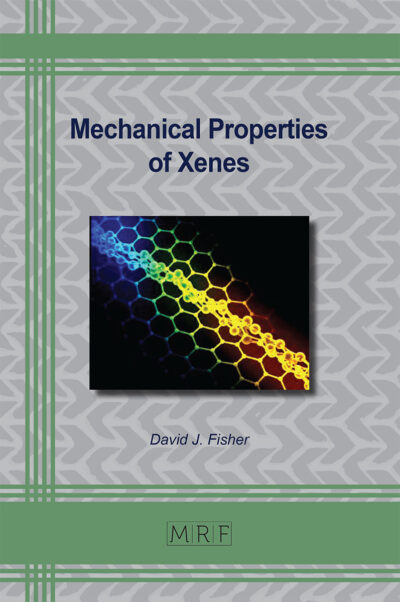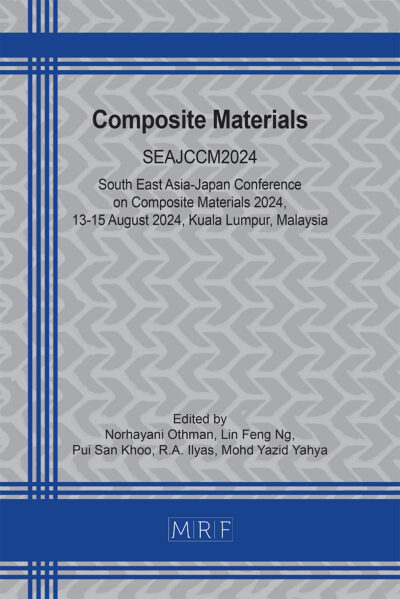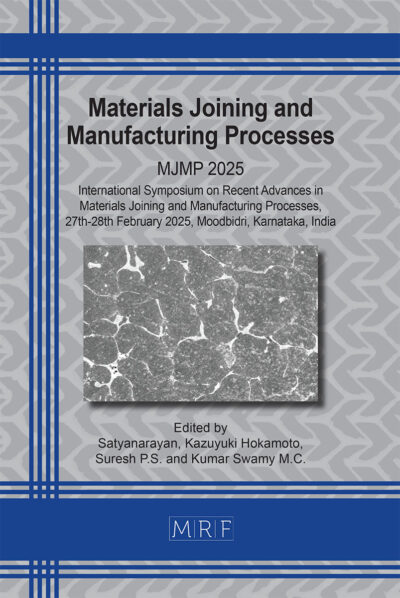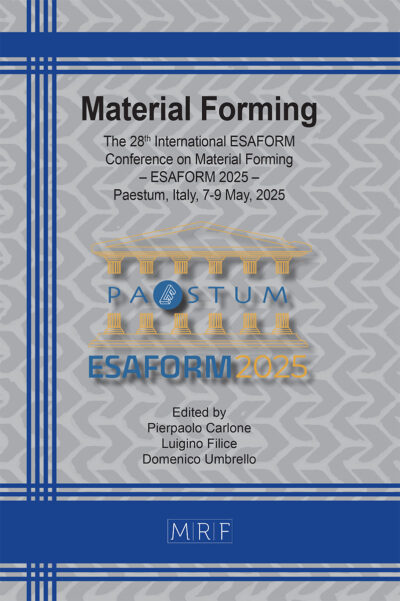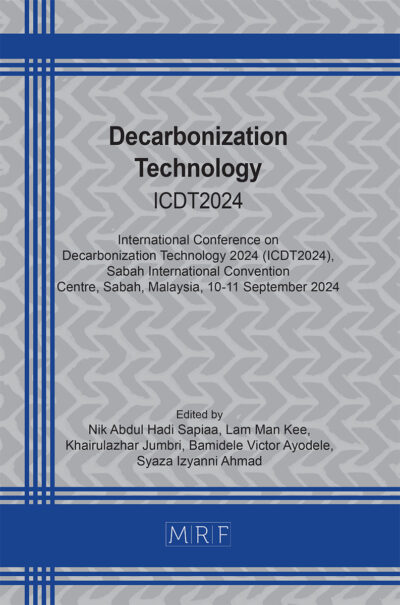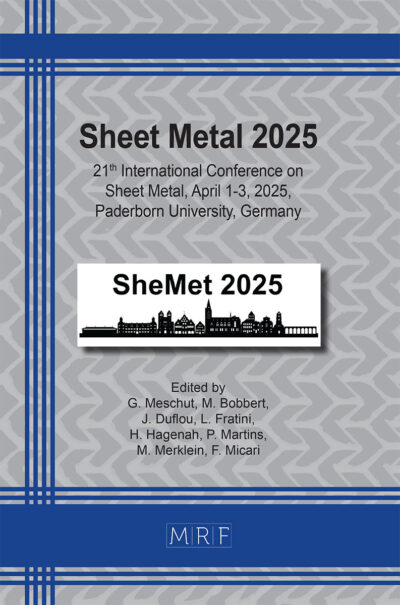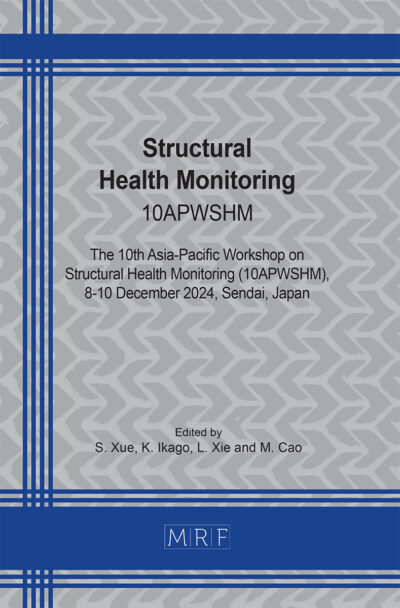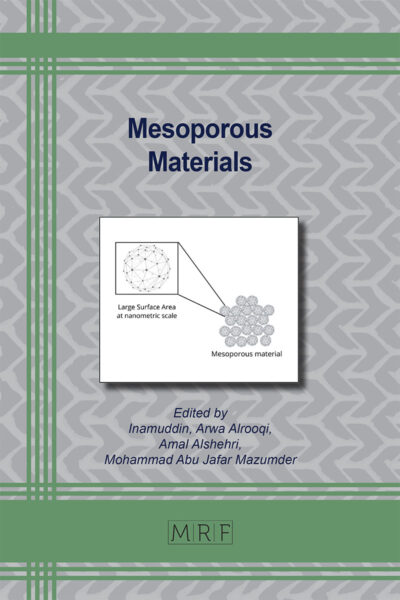A Multicriteria Assessment of the Environmental Effects of Mass Solar Photovoltaic Farms in Pulau Burung, Pulau Pinang
Siti Isma Hani Ismail, Shanker Kumar Sinnakaudan, Noorsuhada Md Nor, Hun Beng Chan, Zulfairul Zakaria, Farah Ezlyn Muhamad Norazlan
Abstract. The proliferation of mass solar photovoltaic (LSSPV) farming has been catalyzed by the escalating costs of fossil fuels and the imposition of carbon pricing, rendering solar energy an increasingly compelling alternative. Nevertheless, significant impediments, including land scarcity, ecological ramifications, and stringent regulatory frameworks, continue to constrain its widespread implementation. This study undertakes a rigorous evaluation of the Environmental Impact Assessment (EIA) for an LSSPV project in Pulau Pinang, Malaysia, utilizing the Analytic Hierarchy Process (AHP) within a Multi-Criteria Decision-Making (MCDM) paradigm to systematically assess its environmental implications. The investigation elucidates a spectrum of critical environmental concerns, encompassing land-use transformations, biodiversity attrition, hydrological perturbations, and the latent risks of chemical contamination. 10 stakeholder analyses delineate ecological degradation and terrestrial alterations as paramount issues, succeeded by hydrological destabilization attributable to surface runoff and the potential hazards posed by chemical constituents within photovoltaic components. The findings substantiate the implementation of mitigation strategies, including rigorous environmental surveillance and the adoption of sustainable land management practices, to attenuate deleterious consequences. Empirical survey data reveal a dichotomy of perspectives, wherein 29% of stakeholders contend that residential proximity to LSSPV installations engenders substantive risks to both environmental integrity and public health, whereas a majority of 71% refute such assertions, perceiving no discernible environmental or health-related perils. The AHP model serves as an intricate evaluative mechanism, synthesizing heterogeneous stakeholder insights to enhance the optimization of sustainability
Keywords
Large-scale Solar, Renewable Energy, Environmental Impact Screening
Published online 2025/06/01, 16 pages
Copyright © 2025 by the author(s)
Published under license by Materials Research Forum LLC., Millersville PA, USA
Citation: Siti Isma Hani Ismail, Shanker Kumar Sinnakaudan, Noorsuhada Md Nor, Hun Beng Chan, Zulfairul Zakaria, Farah Ezlyn Muhamad Norazlan, A Multicriteria Assessment of the Environmental Effects of Mass Solar Photovoltaic Farms in Pulau Burung, Pulau Pinang, Materials Research Proceedings, Vol. 56, pp 53-68, 2025
DOI: https://doi.org/10.21741/9781644903636-6
The article was published as article 6 of the book Composite Materials
![]() Content from this work may be used under the terms of the Creative Commons Attribution 3.0 license. Any further distribution of this work must maintain attribution to the author(s) and the title of the work, journal citation and DOI.
Content from this work may be used under the terms of the Creative Commons Attribution 3.0 license. Any further distribution of this work must maintain attribution to the author(s) and the title of the work, journal citation and DOI.
References
[1] K.E. Sarah, U. Roland, E.O. Ephraim, A review of solar photovoltaic technologies, International Journal of Engineering Research & Technology 9 (2020) 741-749. https://doi.org/10.17577/IJERTV9IS070244
[2] L.Y. Seng, G. Lalchand, G.M.S. Lin, Economical, environmental and technical analysis of building integrated photovoltaic systems in Malaysia, Energy policy 36 (2008) 2130-2142. https://doi.org/10.1016/J.ENPOL.2008.02.016
[3] M. Almaktar, H. Abdul Rahman, M.Y. Hassan, W.Z. Wan Omar, Photovoltaic technology in Malaysia: past, present, and future plan, International Journal of Sustainable Energy 34 (2015) 128-140. https://doi.org/10.1080/14786451.2013.852198
[4] M. Zarzavilla, A. Quintero, M.A. Abellán, F.L. Serrano, M.C. Austin, N. Tejedor-Flores, Comparison of environmental impact assessment methods in the assembly and operation of photovoltaic power plants: A systematic review in the castilla—La mancha region, Energies 15 (2022) 1926. https://doi.org/10.3390/en15051926
[5] A. Quek, A.R. Abbas, N.Z.I.S. Zaman, W.N.S.W. Ata, M.F. Zainal, F.K.M. Yapandi, Z.F. Ibrahim, A. Suhardi, Life Cycle Assessment of Large-Scale Solar Photovoltaic Plant based in Malaysia, IOP Conference Series: Earth and Environmental Science 1372 (2024) 012055. https://doi.org/10.1088/1755-1315/1372/1/012055
[6] N.I. Mustafa, N.A. Ludin, N.M. Mohamed, M.A. Ibrahim, M.A.M. Teridi, S. Sepeai, A. Zaharim, K. Sopian, Environmental performance of window-integrated systems using dye-sensitised solar module technology in Malaysia, Solar Energy 187 (2019) 379-392. https://doi.org/10.1016/J.SOLENER.2019.05.059
[7] M. Tawalbeh, A. Al-Othman, F. Kafiah, E. Abdelsalam, F. Almomani, M. Alkasrawi, Environmental impacts of solar photovoltaic systems: A critical review of recent progress and future outlook, The Science of the total environment (2020) 143528. https://doi.org/10.1016/j.scitotenv.2020.143528
[8] M. Sahid, R. Suratman, H. Ali, Determination of Special Permit Rate For Largescale Solar Development In Johor Based On Planner Perspective, Planning Malaysia 19 (2021) 1-11. https://doi.org/10.21837/pm.v19i18.1027
[9] K.A.C. Kamaruddin, N.N. Mansor, N.A.M.I. Yeong, A.F. Othman, Optimal Integration of Large-Scale Solar and Battery Energy Storage System in Malaysia, 2023 Innovations in Power and Advanced Computing Technologies (i-PACT) (2023) 1-7. https://doi.org/10.1109/i-PACT58649.2023.10434585
[10] M.A.M. Khan, Y.I. Go, Design, optimization and safety assessment of energy storage: A case study of large‐scale solar in Malaysia, Energy Storage 3 (2021) e221. https://doi.org/10.1002/est2.221
[11] M. Vaka, R. Walvekar, A.K. Rasheed, M. Khalid, A review on Malaysia’s solar energy pathway towards carbon-neutral Malaysia beyond Covid’19 pandemic, Journal of cleaner production 273 (2020) 122834. https://doi.org/10.1016/j.jclepro.2020.122834
[12] I. Jamil, H. Lucheng, S. Habib, M. Aurangzeb, A. Ali, E.M. Ahmed, Performance ratio analysis based on energy production for large-scale solar plant, IEEE Access 10 (2022) 5715-5735. https://doi.org/10.1109/ACCESS.2022.3141755
[13] M. Mohanan, Y.I. Go, Optimized power system management scheme for LSS PV grid integration in Malaysia using reactive power compensation technique, Global Challenges 4 (2020) 1900093. https://doi.org/10.1002/gch2.201900093
[14] A. Morrison-Saunders, J. Bailey, Exploring the EIA/environmental management relationship, Environmental Management 24 (1999) 281-295. https://doi.org/10.1007/S002679900233
[15] J.J. Loomis, M. Dziedzic, Evaluating EIA systems’ effectiveness: a state of the art, Environmental Impact Assessment Review 68 (2018) 29-37. https://doi.org/10.1016/J.EIAR.2017.10.005
[16] A. Quek, A.R. Abbas, N.Z.I.S. Zaman, W.N.S.W. Ata, M.F. Zainal, F.K.M. Yapandi, Z.F. Ibrahim, A. Suhardi, Life Cycle Assessment of Large-Scale Solar Photovoltaic Plant based in Malaysia, IOP Conference Series: Earth and Environmental Science 1372 (2024) 012055. https://doi.org/10.1088/1755-1315/1372/1/012055
[17] H. Taha, The potential for air-temperature impact from large-scale deployment of solar photovoltaic arrays in urban areas, Solar Energy 91 (2013) 358-367. https://doi.org/10.1016/J.SOLENER.2012.09.014
[18] M.K.H. Rabaia, M.A. Abdelkareem, E.T. Sayed, K. Elsaid, K.J. Chae, T. Wilberforce, A.G. Olabi, Environmental impacts of solar energy systems: A review, Science of The Total Environment 754 (2021) 141989. https://doi.org/10.1016/j.scitotenv.2020.141989
[19] O.A. Agboola, C.T. Downs, G. O’Brien, Ecological risk of water resource use to the wellbeing of macroinvertebrate communities in the rivers of KwaZulu-Natal, South Africa, Frontiers in Water 2 (2020) 584936. https://doi.org/10.3389/frwa.2020.584936
[20] B.L. Golden, E.A. Wasil, P.T. Harker, The analytic hierarchy process, Applications and Studies 2 (1989) 1-273. https://doi.org/10.1007/978-3-642-50244-6
[21] T.L. Saaty, K.P. Kearns, Chapter 3—The Analytic Hierarchy Process, Analytical planning (1985) 19-62. https://doi.org/10.1016/B978-0-08-032599-6.50008-8
[22] E. Cheng, H. Li, Analytic hierarchy process, Measuring Business Excellence 5 (2001) 30-37. https://doi.org/10.1108/EUM0000000005864
[23] H.K. Chan, X. Sun, S.H. Chung, When should fuzzy analytic hierarchy process be used instead of analytic hierarchy process?, Decision Support Systems 125 (2019) 113114. https://doi.org/10.1016/J.DSS.2019.113114
[24] W. Ho, Integrated analytic hierarchy process and its applications–A literature review, European Journal of operational research 186 (2008) 211-228. https://doi.org/10.1016/j.ejor.2007.01.004
[25] Y. Zhang, Z. Tian, B. Liu, S. Chen, J. Wu, Effects of photovoltaic power station construction on terrestrial ecosystems: A meta-analysis, Frontiers in Ecology and Evolution 11 (2023) 1151182. https://doi.org/10.3389/fevo.2023.1151182
[26] R.D. Simkin, K.C. Seto, R.I. McDonald, W. Jetz, Biodiversity impacts and conservation implications of urban land expansion projected to 2050, Proceedings of the National Academy of Sciences 119 (2022) e2117297119. https://doi.org/10.1073/pnas.2117297119
[27] D.E. El Badry Fadl, The role of environmental impact assessment in achieving sustainable development, International Journal of Modern Agriculture and Environment 1 (2021) 38-50. https://doi.org/10.21608/ijmae.2023.214940.1008

